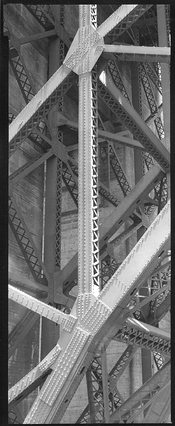So depending on the purity of the sulfite which may be suspect for the reasons you give but will be unknown to the user the dev time for D23 varies as does its speed
If my conclusion from your above quote is correct, what might be the range of speed and dev times encountered
Can I also ask whether you found this to be case in your use of D23 and what might be the frequency of the problems, assuming such problems arise
Are these problems with purity true of all home-made developers and if not which home made developers are free of these defects?
Thanks
pentaxuser
The fact that sulfite quality may be variable is known since the beginning of the 20th century. The first mention known to me comes from a book of Baron von Huebl “Development of plates with uncertain exposure” of 1919.
And yes, I saw the problem as soon as I made D76 from scratch and compared it to the commercial one. To give you an example, when I make D76 from scratch, using sulfite from any of the two commercial sources available where I live, I do not need to use borax, because the pH would already be 8.5 and the development time taken from a published table will be correct. With D23 I actually had to add sodium metabisulfite to reach the rated pH of 8-8.2, because otherwise I did not get the expected softness and smaller grain. Actually, now for one shot use I prepare Windisch formula, which is roughly D23 diluted with 2 parts of water, pH 7.9-8.0 and develop for 10 minutes at 80 F. If I do not observe the pH, I am certain to get a systematic overdevelopment, which is not fatal, of course, but depending on the film and the subject matter, the results may be less than ideal, mostly “discrimination of highlights” will be affected.
Finally, IMO all strictly metol-sulfite developers (that is without additional alkali) are strongly sulfite quality-dependent, because metol has a relatively steep pH dependence of speed between 8 and 9. With commercial D76 one will get a paradox that with only 20% more metol the development time drops, while common logic suggests that with more developing agent you should get a faster developer. I observed this problem with all developers that contain metol as the main agent in high sulfite, for example Edwal 12, which if not adjusted to pH 7.5 as its author recommends, is a completely different developer. Quite often I was puzzled having found a metol developer without pH listed, because it would be a different beast depending on what pH were set. One such example is the Paul Farber developer, which I voluntarily adjusted to pH 8.8 (to inhibit pyrogallol as a developing agent), but I have no way of knowing if this was the original intention. I hope this rather lengthy explanation helps.




 And I want to make it worth their while.
And I want to make it worth their while.